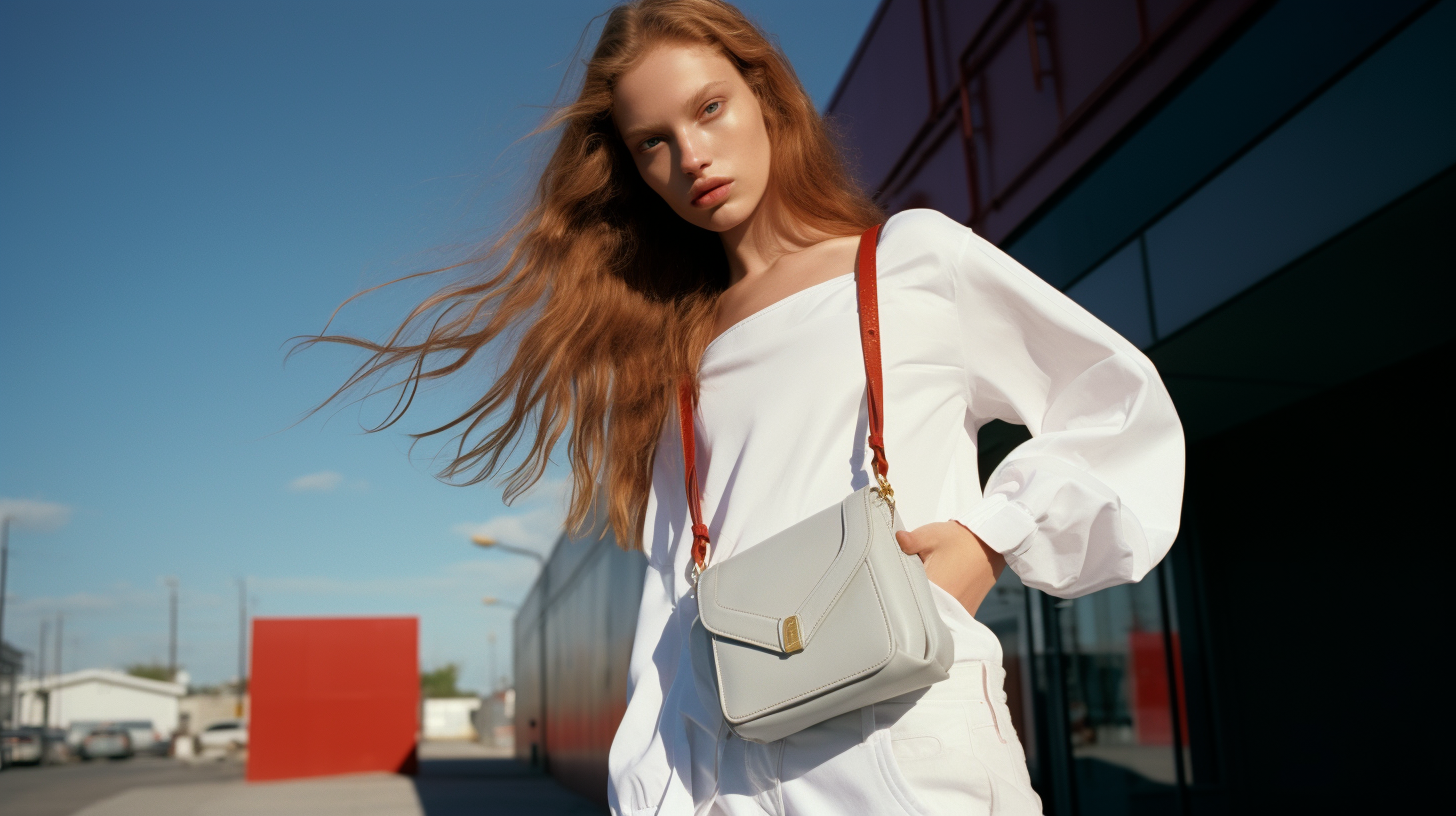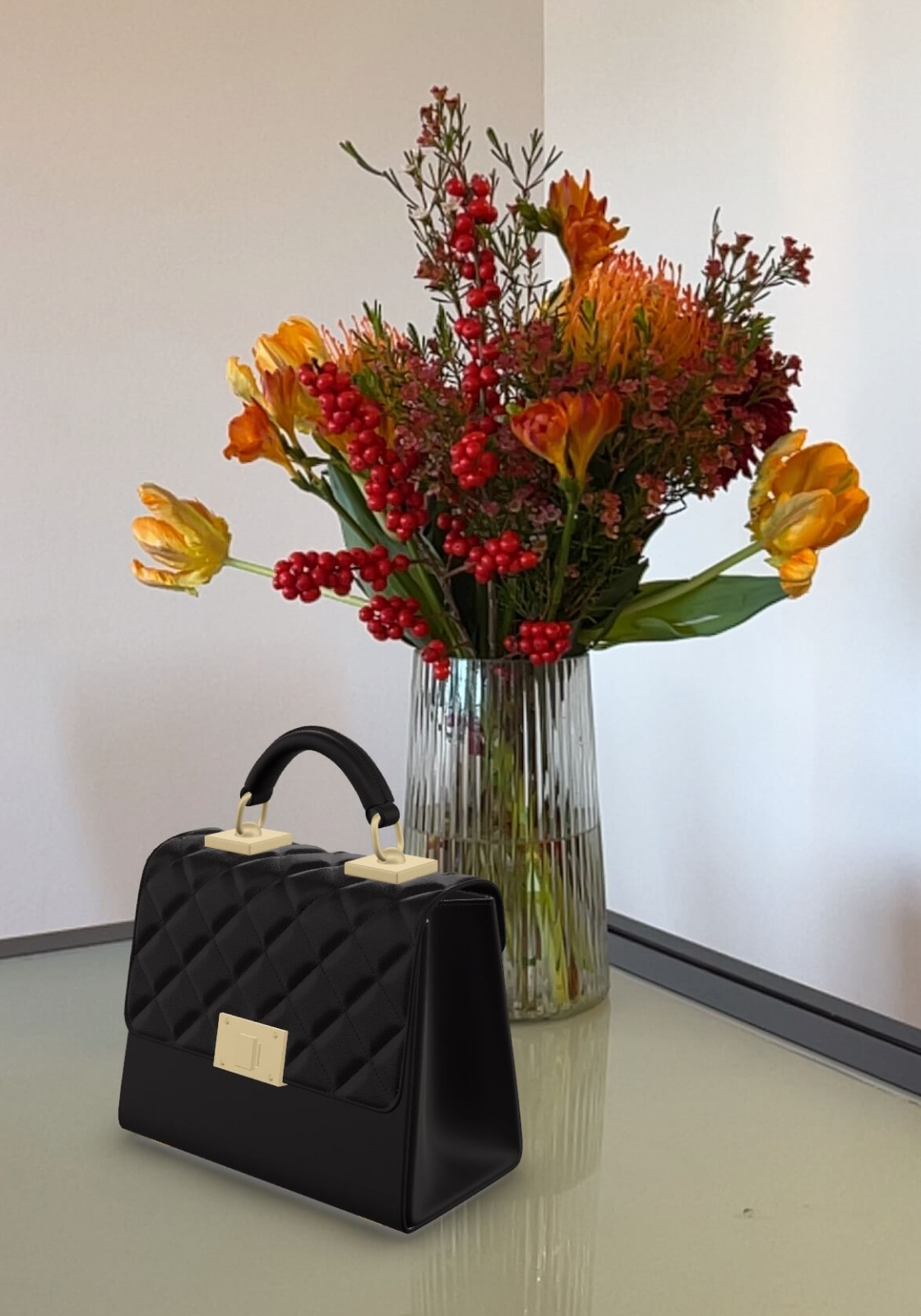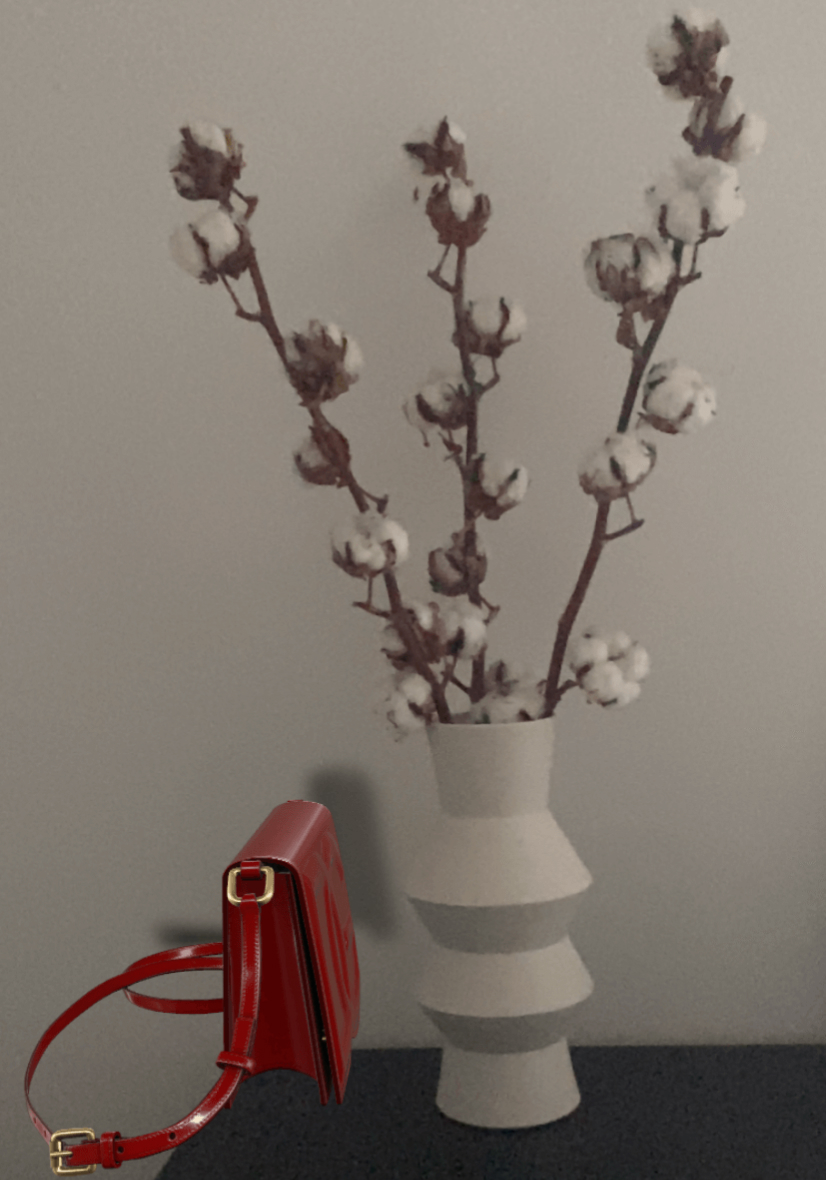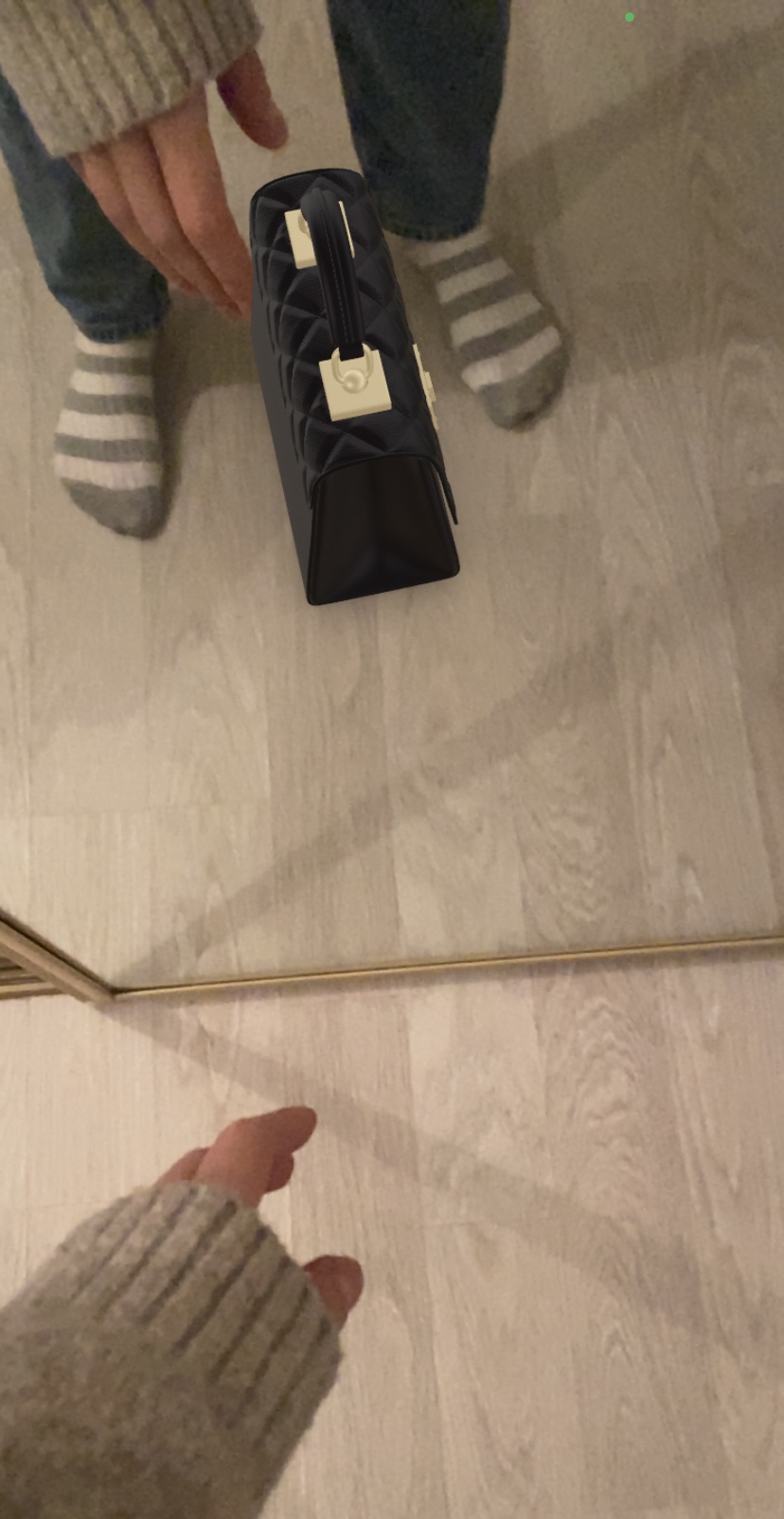
Choosing the Right AR Solution for Luxury Bags: Virtual Try-On or AR Placement?
According to the Goldman Sachs Research, virtual and augmented reality (AR) is projected to become an $80 billion market by 2025. Luxury brands are particularly eager to embrace AR, as it presents new opportunities for engaging storytelling and connecting with younger shoppers. Furthermore, AR enhances brand discoverability, increases confidence to purchase, and reduces return rates.
Luxury shoppers often discover products through social media, observing items purchased by friends or influencers and by following their favorite designers' latest collections. Augmented reality is a valuable tool for product storytelling, allowing luxury shoppers to engage with the product in a digital environment and research it before making a purchase.
Understanding the needs of luxury shoppers
In the world of luxury retail, there's no one-fits-all solution for AR. This is why, at WANNA, we invest in
quality user research to understand luxury shoppers' preferences better and tailor our products to meet the
demands of the luxury industry. Every product category (footwear, bags, apparel, accessories) necessitates
thorough user research and testing to determine the most effective approach. So now, let's take a closer look
at the preferences of luxury shoppers when it comes to Virtual Try-On versus AR Placement for luxury
bags.
Before we proceed, it's essential to define Virtual Try-On and AR Placement.

1. AR placement involves positioning virtual objects or information within the physical world using AR technology. It seamlessly blends digital content, such as 3D models, text, or animations, with the real-world environment. AR placement entails accurately determining the location and orientation of these digital elements relative to the user's surroundings.
2. Virtual Try-On, often abbreviated as VTO, refers to using augmented reality (AR) or virtual reality (VR) technology to enable users to try on products or experiences in a digital environment. This technology allows users to visualise how products like clothing, footwear, eyewear, makeup, or accessories will look on them in real-time or through digital simulations.

Users shop online in diverse environments, and AR Placement and VTO cater to these environments differently. For AR placement, shoppers need a flat surface to place the bag on when shopping online, whether at home, work, or during their commute. However, this limits their interaction with the bag and makes understanding its actual size challenging; they can not handle it or try it on. In contrast, virtual try-on offers more flexibility, enabling shoppers to gauge the size and dimensions of the bag in relation to their own height.
While AR Placement can be suitable for certain product categories, such as homeware, it might not be the optimal solution for luxury bags. In the case of homeware, spatial interaction is crucial, allowing shoppers to better understand product dimensions in the context of their homes. AR Placement excels in providing this spatial context. Luxury bags, however, demand an elevated shopping experience where customers can visualise how the bag compliments their style before making a purchase. This reduced uncertainty regarding fit and style increases confidence to purchase.
WANNA's product team conducted UX interviews with luxury shoppers to evaluate the scenario of using AR placement to check bag sizes. The research revealed that users were often confused about how to use the technology. Their primary intention was to "connect" with the product and see how it would align with their personal style. Simply placing the bag on a surface did not help them assess the bag's size in relation to their height and outfit.
The importance of personal connection

"I don't know why I need a bag on the floor"
Participants in our research were impressed with the quality of the bag's 3D model, but they felt a lack of personal connection. They desired the ability to visualise how the bag would integrate into their daily lives and personal style. Research participants attempted to touch the bag, hold it, pick it up, and even open it to see its contents. Some even placed the bag next to a mirror to observe their reflection with the bag.
While AR placement offers superior 3D models, it lacks adaptabilitv to the user's environment and interaction with the shopper. The behavior of our research participants clearly indicates a strong desire for shoppers to physically interact with the bag, place it on their shoulders, and gauge its compatibility with their style.
Need for style and fit assessment
Research participants expressed the desire to ensure that the bag aligns with their personal style and that its size suits their height and body type. In other words, the bag size was more about the person than the bag's precise measurements.
Virtual try-on fulfills fit and style assessment needs and is highly adaptable to online luxury shopping. When comparing AR Placement to Virtual Try-On, research participants overwhelmingly preferred the latter for their shopping experience, allowing them to engage with and interact with the product.
Virtual Try-On and AR Placement are valuable AR applications that serve distinct purposes. Virtual Try-On primarily enhances the shopping experience and personalisation, whereas AR placement focuses on spatially integrating digital content into the real world for various purposes. The choice between the two depends on the application's specific use case and goals.





